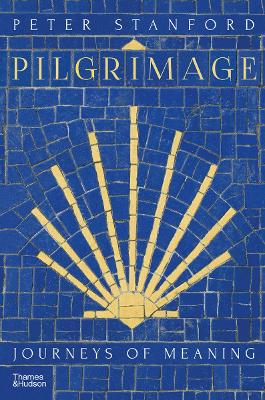The enormous rise in popularity in recent decades of the Camino, the ancient pilgrim path that stretches from France, across northern Spain to Santiago de Compostela, is part of a wider phenomenon being witnessed on other time-honoured pilgrim routes around the globe and across the faiths. But this is happening in a world that in many places is self-avowedly ever more sceptical, secular and scientific, with formal religious affiliation in steep decline. Why?
Some argue that tourism is the new religion, and that those who today walk in the footsteps of countless past generations of believers do so to enjoy the holiday experience, the escape from their everyday world, the health benefits of so much exercise, and the companionship, without seeking any sort of spiritual enlightenment. Yet by looking at a diverse range of pilgrimage sites that includes Rome, Jerusalem, Lalibela in Ethiopia, the Buddha Trail in northern India, Shikoku in Japan and the self-styled 'power place' of Machu Picchu in Peru, Peter Stanford draws on his own experience as a pilgrim to argue that something more complex and challenging is going on.
Financial crises, increasing inequality, climate change and worldwide pandemics are causing people to question the very foundations on which their post religion, twenty-first-century lives are built. This book considers how pilgrimage, with its long history, essential intertwining of arduous journey and openness to personal transformation, is providing the modern age with a means to take a longer, slower and hence more profound look at life, stretching all the way back to when the first pilgrim put one foot in front of another.
With 26 illustrations, 21 in colour
- ISBN13 9780500252413
- Publish Date 29 April 2021
- Publish Status Active
- Publish Country GB
- Imprint Thames & Hudson Ltd
- Format Hardcover
- Pages 256
- Language English
